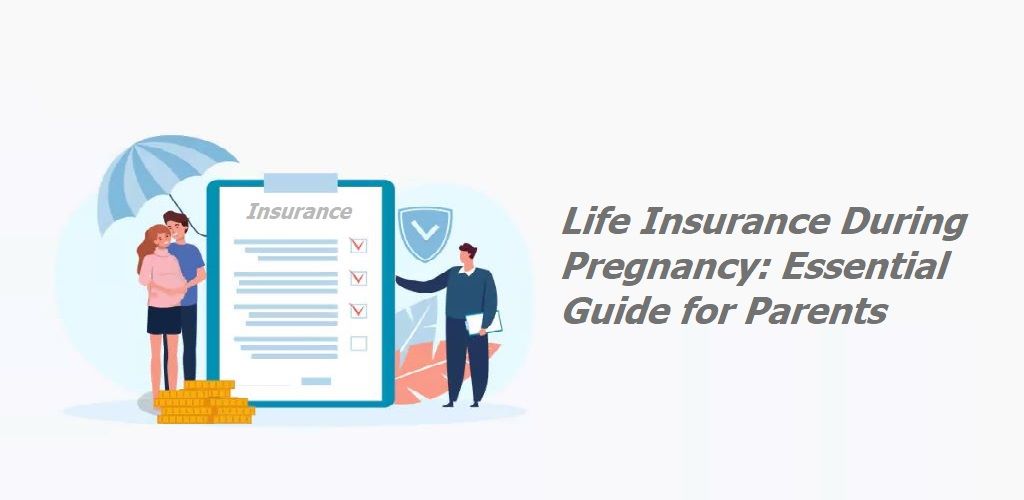It is no surprise that life insurance is a long-term commitment but at the same time, life is uncertain, and situations might arise where you might end up surrendering your life insurance coverage.
The accumulated portion of an insurance policy that is paid out if you terminate your coverage is known as the cash surrender value. You must keep in mind that traditional insurance policies like whole life and endowment plans offer the option of a surrender value. If you buy a term plan, surrender value is not relevant. The amount that the insurer pays to the policyholder when the latter decides to cancel the policy before it reaches maturity is known as the “surrender value,” in basic terms.
Types of Surrender Value in a Life Insurance Policy
Here are the two types of surrender value in a life insurance policy. Let’s disucss them in detail!
- Guaranteed surrender value
The sum of money that is promised to be paid by the insurance company in the event that the insurance policy is surrendered before it reaches maturity. The payable percentage is based on how long the insured had been paying payments before giving up the insurance. Generally, excluding the premium you pay in the first year, the sum represents 30% of the total premiums paid. Additionally, any bonuses or riders offered by the insurance provider are not included in this sum.
- Special Surrender Value
A life insurance policy’s special surrender value is typically greater than the policy’s guaranteed surrender value. However, the insurer is wholly responsible for this. The amount assured, premiums paid by the policyholder, policy type, and bonuses all affect the specific surrender value.
In most cases, a special surrender value is determined,
Special surrender value = (Paid-up value {Basic sum assured X (Number of premiums paid/Number of premiums payable} + accrued bonuses) X surrender value factor.
Since it differs from company to company, be careful to discuss the surrender value component with your insurance expert. For the first three years, the surrender value component is 0, and it then increases. Therefore, the longer you hold onto the policy beyond the first three years, the larger the surrender value component will be.
How To Calculate The Surrender Value of Policy?
It is important for all policyholders searching for methods to determine the life insurance surrender value to be aware that in today’s highly developed technological age, doing so is really simple.
Let’s use an example to illustrate how the special surrender value is determined.
Assume Rohit Negi has purchased a 20-year life insurance policy with a sum assured of Rs. 3 lakhs. The plan’s yearly premium is Rs. 15,000 per year. Additionally, during the fourth year, he ceased paying the premium owing to a variety of reasons. The policy’s accrued bonuses total Rs. 30,000, and the surrender value component is 30%.
Then, the paid-up value is equal to 3,00,000 x (4/20) = Rs. 60,000
Then, the special surrender value is equal to (60,000 + 30,000) x 30% = Rs. 27,000
What Are The Documents Required For Surrendering a Life Insurance Policy?
Even while giving up a life insurance policy is not a difficult procedure; it does require crucial paperwork. The list of paperwork needed when surrendering your insurance policy is as follows:
- A properly completed and signed surrender request form containing the name, contact information, and details of the policy.
- Initial copies of policy documents.
- Financial information.
- A voided check from the account into which the funds are to be deposited.
- KYC documents with self-attestation.
Should You Surrender the Policy Before Maturity?
In short, the answer is- No!
Even if your insurance allows you to surrender it before it matures, experts advise against doing so if it is not necessary. The money you receive upon relinquishing the policy is less than what you invested, in addition to losing the tax and insurance advantages. Therefore, unless it is inevitable, it is not advisable to cancel the insurance policy.
If the insurance plan is an endowment policy, ULIP, or any investment-focused life insurance plan, it may also offer tax savings, life coverage, and investment opportunities. To receive the most benefits, you must make every effort to maintain your investment in the insurance during its term.







